If you said Raymond H. Dietrich, then you probably don’t need to read the rest of this article.
But if you didn’t, let’s continue…
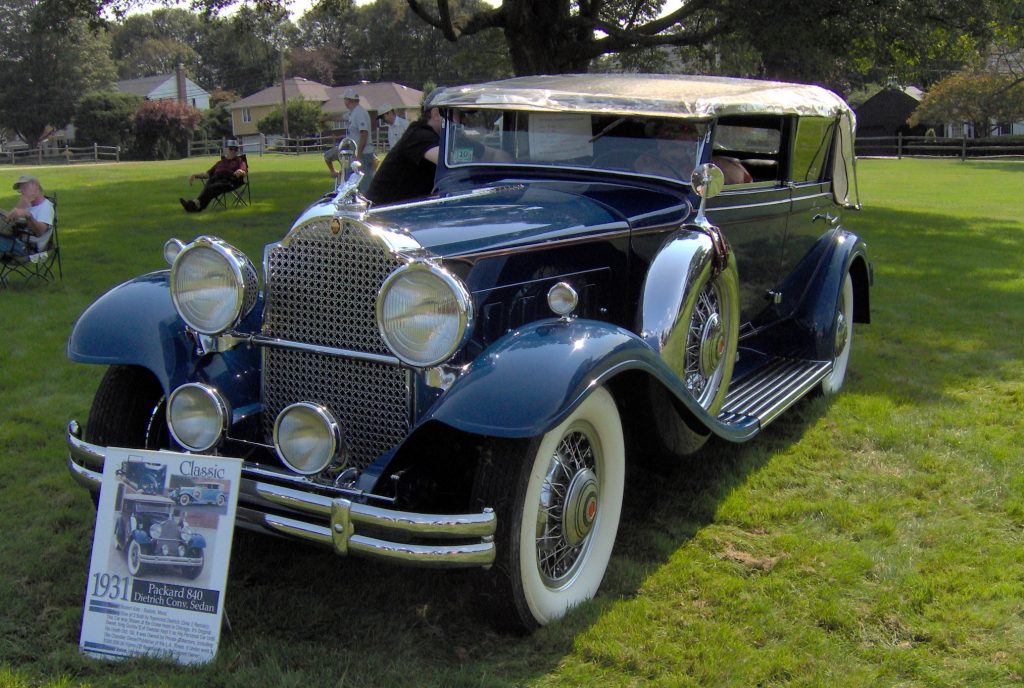
Meet Ray Dietrich
Born in 1894, Ray Dietrich showed an early knack for mechanical drawing. After filling design jobs in other industries, Dietrich eventually wound up working for the automobile coachmaker Brewster & Company, where he would further develop the concept sketches done by the company’s lead designers.
Dietrich worked at Brewster during the day, and attended school at night to improve his drafting skills. Upon graduation, Dietrich took a job at Chevrolet, doing more technical design work.
His time at Chevy was relatively short, yet Dietrich continued to work in and around the burgeoning automotive industry—often in the area of limited-production luxury cars. After a few years of working for larger manufacturers, he co-founded the design firm LeBaron Inc., before eventually starting his own coachbuilding company, Dietrich Inc. As before, he primarily serviced the high-end automobile market.
Throughout this time, Dietrich built a strong reputation for quality work among a growing network of automotive executives—including Walter P. Chrysler and Edsel Ford.
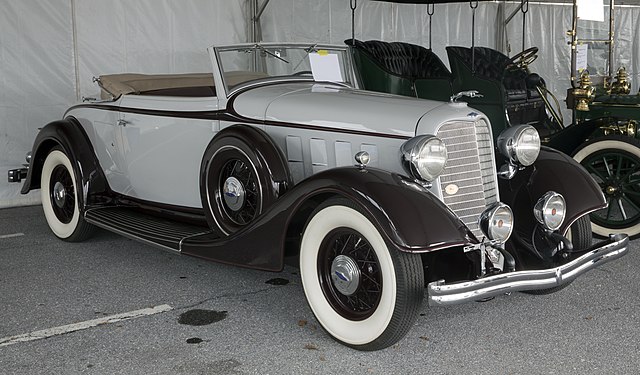
Dietrich’s Designs
It was through those industry connections that Dietrich was able to work for several well-known auto manufacturers, including Lincoln, Duesenberg, and Packard. As you’d imagine, the Great Depression hit the luxury automotive market hard, and Dietrich’s eponymous company was relatively short-lived—Dietrich left in 1930 and it closed for good in 1936.
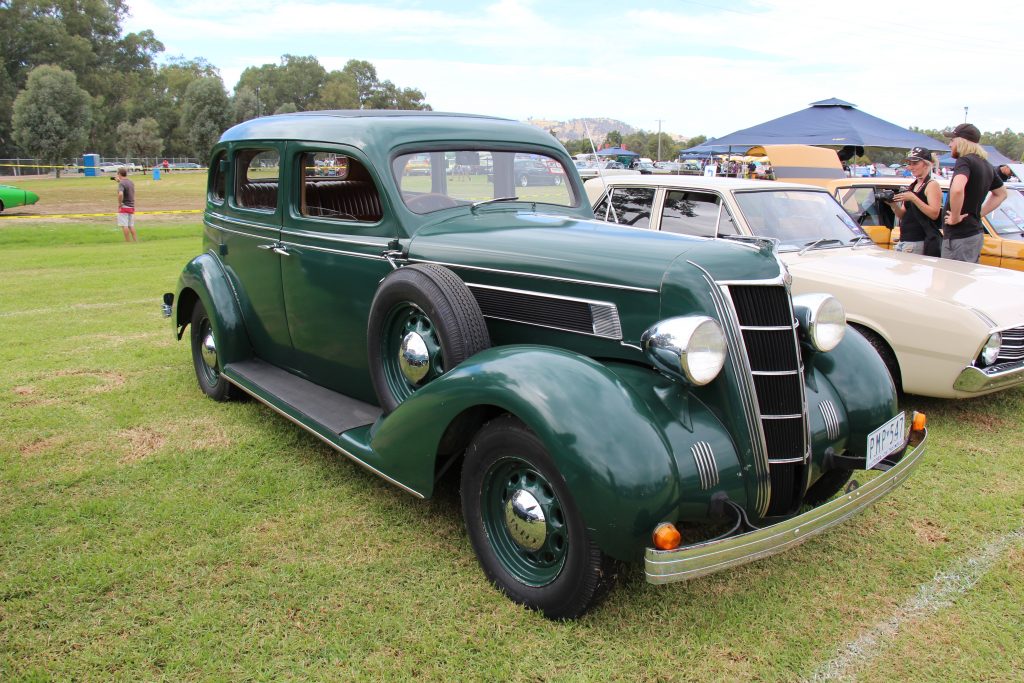
After he left his company, Dietrich found himself working for the Chrysler corporation as its first Head of Design. One of his most important tasks was to restyle the futuristic, yet slow-selling Chrysler Airflow. Wearing Dietrich’s more contemporary styling, the car was rechristened the Chrysler Airstream, and sales improved significantly.
After his time at Chrysler, Dietrich started another company, Raymond Dietrich Inc., where he did consulting work on a diverse mix of projects—including Preston Tucker’s ill-fated Tucker Torpedo.
Dietrich also worked closely with Checker Cab, where he was charged with styling the company’s first all-steel automobile, the A2. Sleek and modern, the A2 proved popular and its basic profile evolved over several “A” model generations.
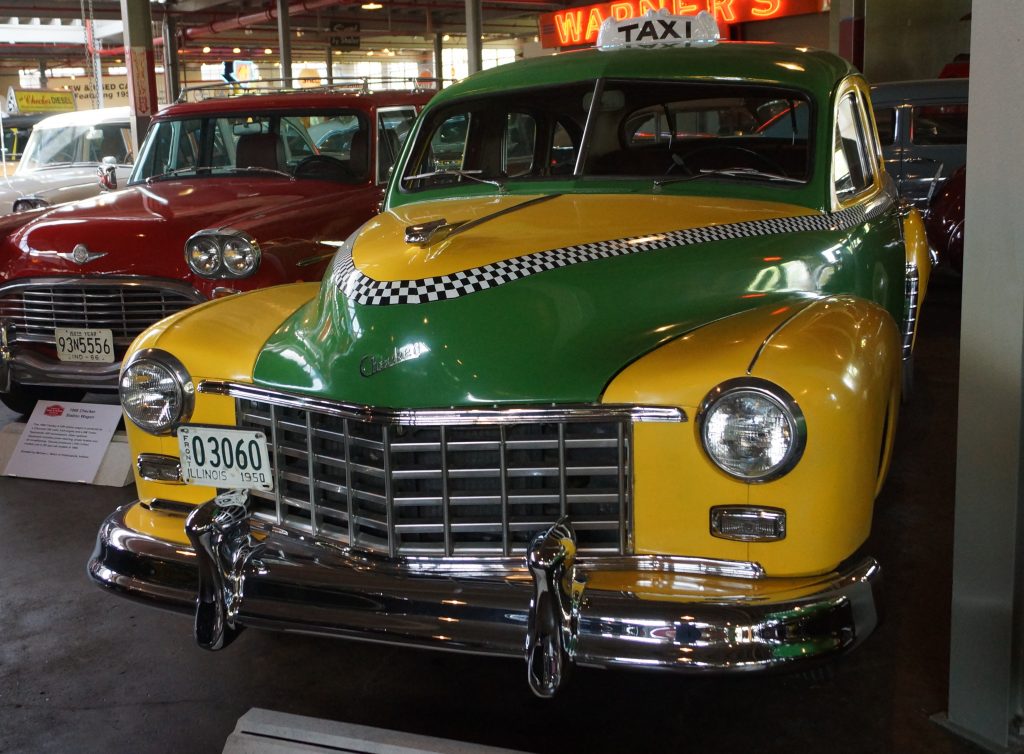
The Gibson Firebird
In 1960, Dietrich left the automotive industry and retired to Kalamazoo, Michigan—original home to the Gibson Guitar Corporation.
Though a respected instrument manufacturer with a storied history, Gibson had been losing ground to the upstart Fender Electric Instrument Company and its youthful vibe. Eager to shake-off its staid reputation, Gibson began introducing more forward-thinking guitar models, including the now-famous “Flying V.”
Unfortunately, these new axes proved a bit too futuristic and they were discontinued after just a few years.
In search of a new guitar design with more universal appeal. Ted McCarty, the head of Gibson at the time, turned to new Kalamazoo resident Ray Dietrich.
The result was the Gibson Firebird.
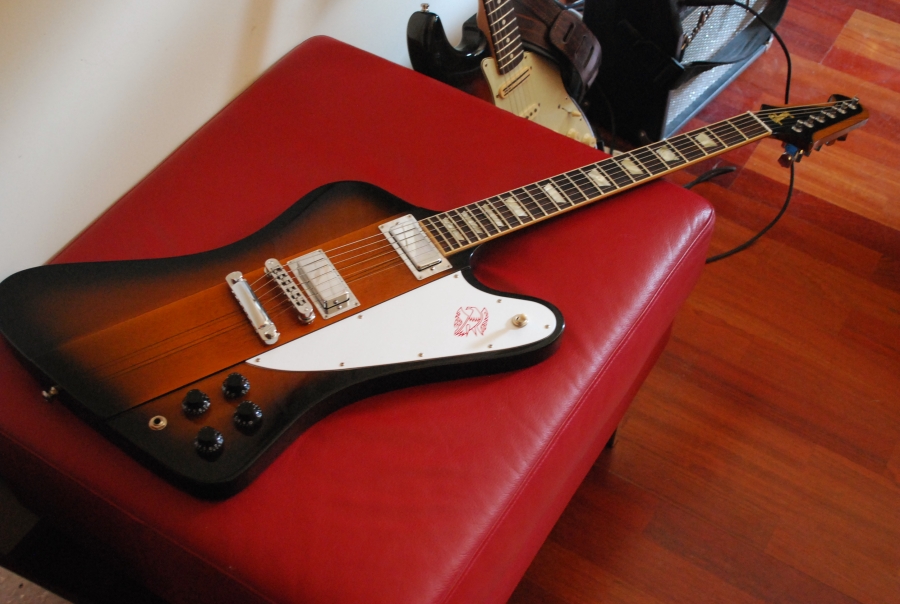
Much like he’d done to the Chrysler Airflow earlier, Dietrich took some established elements and refined them. In the case of the Firebird, he massaged the silhouette of the earlier Gibson Explorer, smoothing its edges to give the new guitar a more subtle, yet still visually striking look.
It too was a slow seller and was ultimately discontinued in a few years.
Nowadays though, Gibson Firebirds (like many of Dietrich’s designs) have aged well and are regarded as classics. There have been many reissues and submodels, and original Firebirds are prized by Gibson collectors.
Dig guitars and cars? You’ll probably like this article too – Fender Guitars: How the Automotive Industry Helped Influence a Rock & Roll Icon
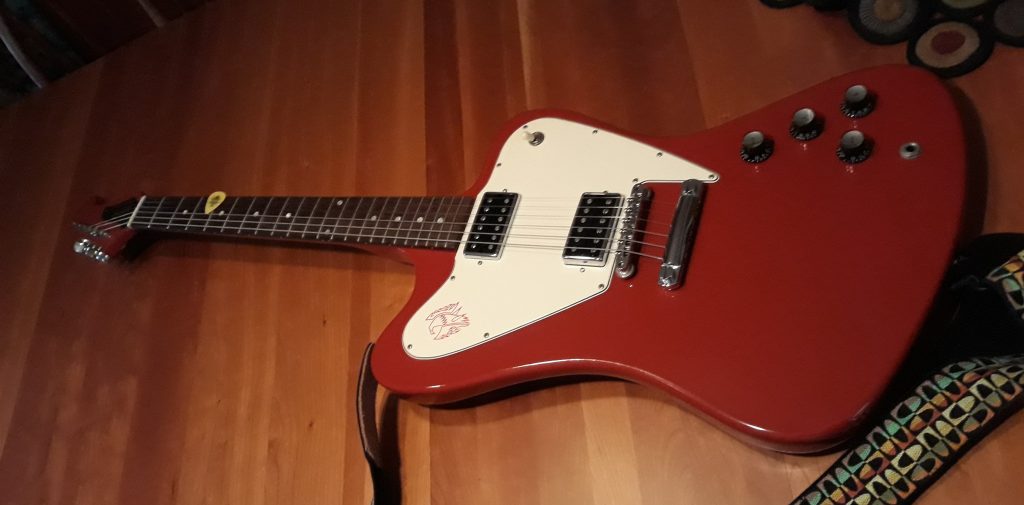
The Firebird represented Dietrich’s last major contribution to modern design. Seeking warmer climates, Dietrich left Michigan for New Mexico, where he lived for several years before his death in 1980.
***
Want to learn more about Dietrich’s design legacy? The website CoachBuilt.com has a much more extensive biography here.

Comments